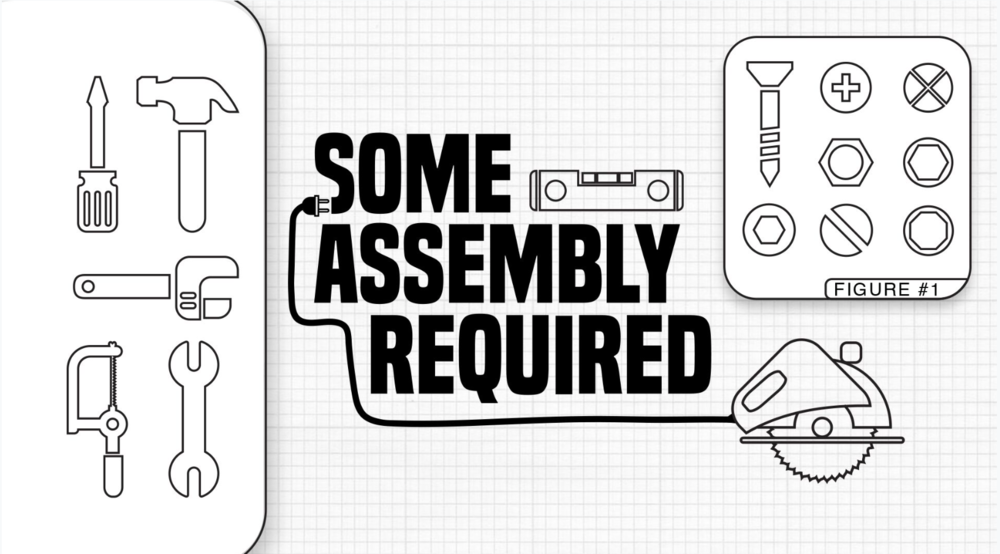Creating a Scene … In a Good Way: Five Tips
Creating a scene. Funny how you can interpret the phrase two ways. Either you’re at a fancy restaurant in the midst of a humdinger of a quarrel with your partner. Or you’re a playwright, screenwriter, or novelist in front of your computer.
If you’re in front of your computer, you want the scene you’re writing to be as watchable as a public knock-down-drag-out, although not every scene you create has to have screaming and shouting for it to grab your audience. Hamlet’s soliloquy has its own high drama.
So what, exactly, is a scene? I’m going to define it as:
i) a unit of narrative action within a longer story that
ii) portrays (a) character(s) either acting on the world or being acted upon and
iii) takes a particular point of view (POV).
Clearly, scenes in plays, movies and novels have similarities. I outline some of the differences between the three forms in Novels and Movies and Plays, Oh My!
Here we’re concerned with novels. To get your scene up and running you have to assemble your tools and materials.
Creating a Scene: Tip #1
Choose your POV.
You might already have a scene in mind. First things first. In order to write it, you have to choose a POV.
The possibilities:
First-person, single narrator – one POV. For uses see: First-person Narration
First-person, multiple narrators – this narrative style is currently popular; there are usually two main characters and the chapters alternate between the POV of one and the POV of the other.
Third-person, limited omniscience – the narrator has access to the interior of one of the characters
Third-person, omniscient – the narrator has access to the thoughts and feelings of all the characters
If you choose either first person or third person limited omniscience, you obviously stay in one character’s POV the whole time.
However, if you choose third-person omniscient, you now have a choice. Are you going to stay in one character’s POV for the whole scene and then switch to another character’s POV in another scene? Or are you going to go in and out of different characters’ POVs during the scene?
Beginning writers are usually told not to create a ping-pong effect, by darting back and forth between POVs in a scene, and I generally stick to this guideline. However, Kevin Kwan in his Crazy Rich Asians series does some ping-ponging, and it really works.
Thus, once more confirming the old adage: all writing rules are made to be broken.
Creating a Scene: Tip #2
Avoid the one-purpose scene.
A scene has to have some reason for being, otherwise it shouldn’t be in your story. However, it shouldn’t have only one reason for being.
You don’t want your readers to be thinking, “Oh, here’s the scene where she stands up to the judgmental townspeople.” Or “Right. Here’s the scene where we’re introduced to the villain.”
A good scene has to reveal both character and a plot point.
I write romance novels, so I have an immediate thought for the scene with the seemingly mousy woman taking on the townspeople who look down on her family. This is just the right moment to add a plot point in the development of a love relationship. For instance, the son of the most judgmental old biddy in town might suddenly see the poor woman in a courageous new light. He might take action of some kind, perhaps on her behalf. In fact the scene could be from his POV.
Creating a Scene: Tip #3
Each scene needs to reveal something new.
Once your heroine has had her confrontation, you don’t have to go on revealing her backbone. She’ll continue to show it, of course, but now you need to reveal other attributes: resourcefulness, kindness, whatever.
Same goes for a character’s motivation. Once it’s been established – the hero needs to avenge his brother’s murder – you don’t have to continually remind the reader that he is driven by honor and justice. He surely has other personality traits. He may be a guy who often blunders, but he always makes things right. Or maybe he’s afraid of snakes, like Indiana Jones.
Creating a Scene: Tip #4
I return to the question: What is a scene?
It’s a story in miniature with a beginning, a middle, and an end. It has an elastic relationship with a chapter, which might have one or more scenes. Alternatively, I’ve written many a scene that stretches across chapter breaks in order to pick up the story from another character’s POV.
End your scene (or chapter break) on a high note, which could be a plot revealer or twist, a snappy comeback, or an emotional punch.
I have read far too many scenes written by beginning novelists that end on a low note, e.g. the character gets in bed and goes to sleep. It could be that the character going to sleep is the exact right thing to do. (Repeat: all writing rules are made to be broken.) However, it is far more likely that ending with something else is better.
Creating a Scene: Tip #5
The contrast between scenes creates its own effect.
A classical musical suite is characterized by movements with different tempos and timbres. Similarly, the scenes in a novel should vary in terms of pace and emotion.
Listen to Selma Diamond‘s character on Night Court respond to the question “Quite a story, huh?”
See: All My Writing Tips
Categorised in: Writing, Writing Tips
This post was written by Julie Tetel Andresen
You may also like these stories:
- google+
- comment



